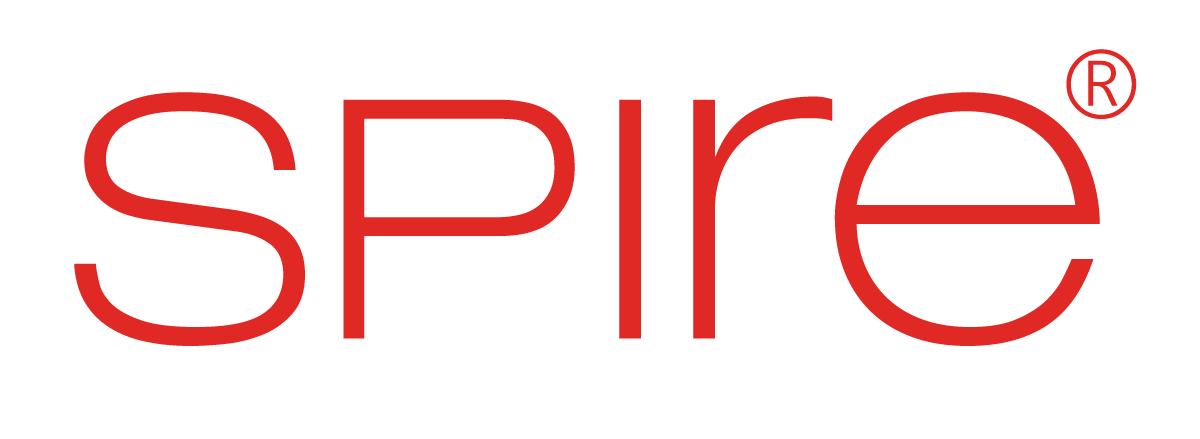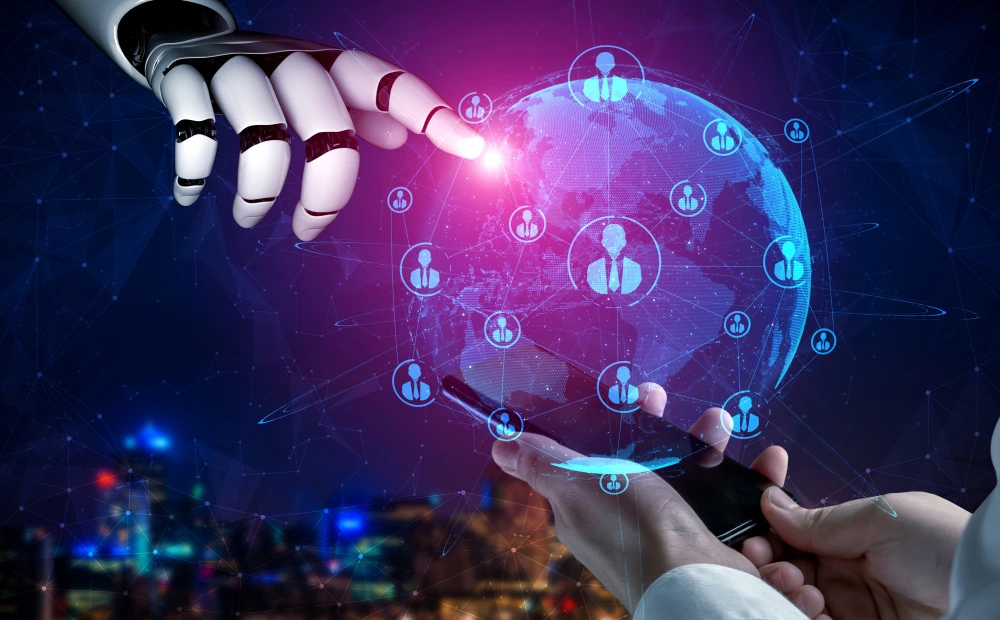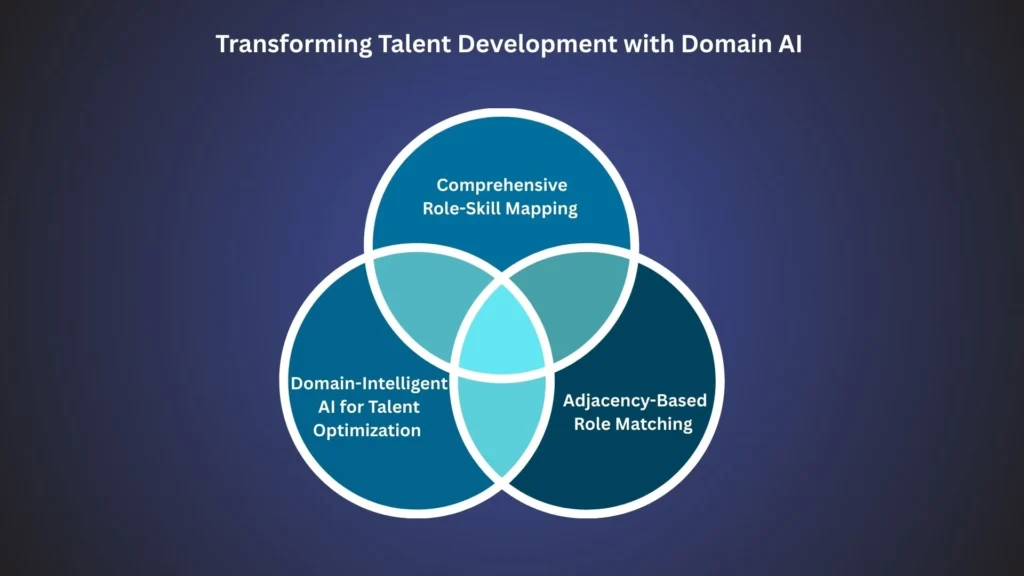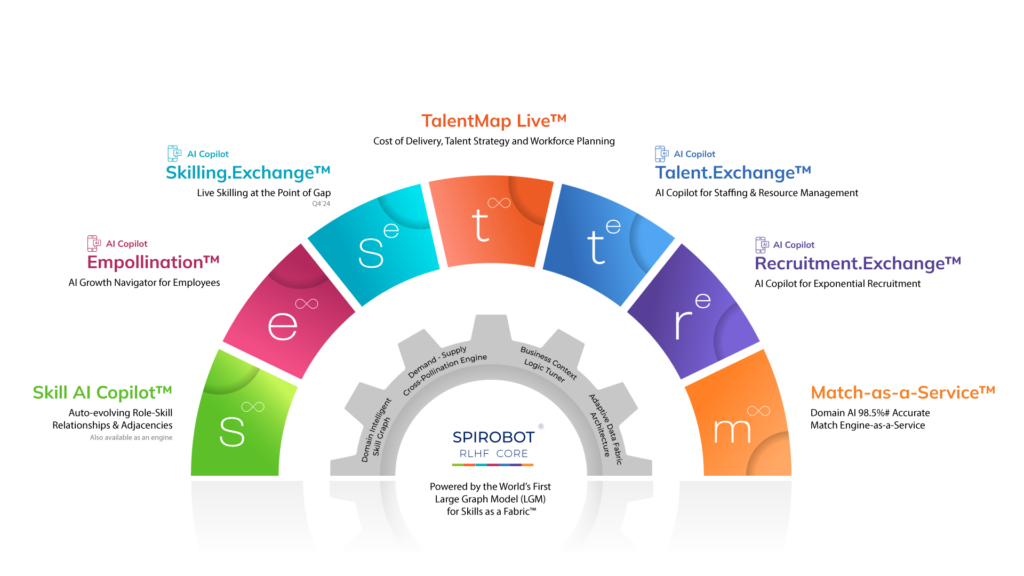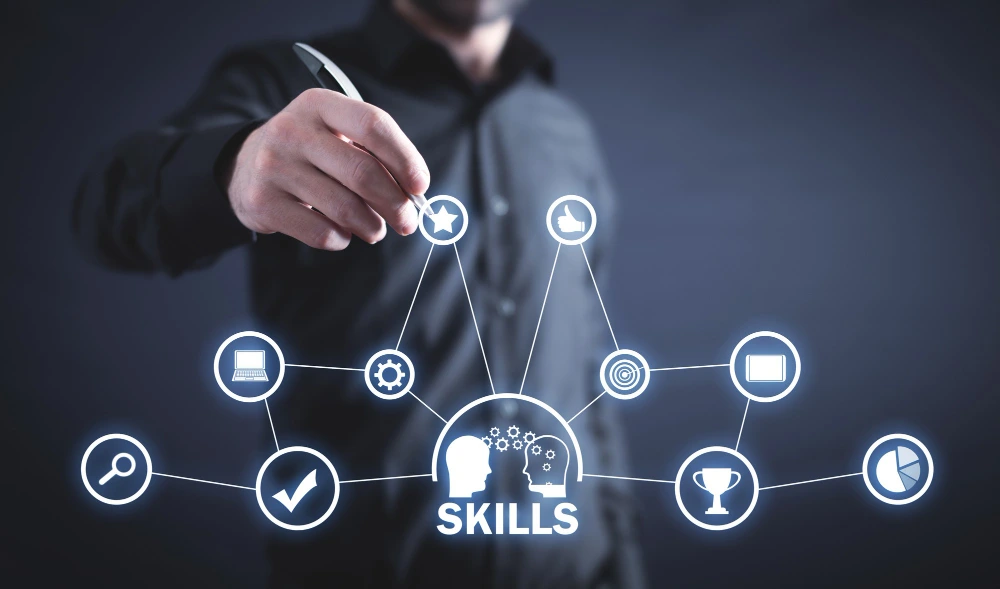Organizations are sitting on a goldmine of untapped talent, yet many fail to recognize it. While they scramble to recruit externally, a wealth of skills, potential, and expertise remains hidden within their existing workforce. This paradox is not just a talent management failure, it’s a strategic oversight that stifles growth, agility, and innovation.
Despite substantial investments in talent management, organizations consistently struggle to leverage their internal talent effectively. The paradox lies in the coexistence of skill shortages and underutilized employees within the same company. While many organizations focus on external hiring to bridge skill gaps, they overlook the latent capabilities of their workforce. The failure to unlock internal talent development stems from rigid structures, outdated perceptions, and ineffective skill-mapping strategies.
This article explores the systemic barriers preventing organizations from actualizing internal talent and how artificial intelligence (AI) can serve as a transformative force in optimizing internal workforce potential.
The Organizational Blind Spot: Why Internal Talent Remains Underutilized
As businesses face increasing demands for specialized skills, many employees report feeling that their full potential is not being utilized in their current roles. Rather than a lack of talent or ability, this disconnect is often caused by structural inefficiencies, outdated HR strategies, and limited career mobility within organizations.
According to Gallup and Workhuman, 60% of workers who recently acquired a new skill did so to improve job effectiveness, while 51% viewed it as an opportunity for learning.
Many companies prioritize external hiring over internal development, creating a cycle where existing employees feel stagnant, disengaged, or unable to leverage their evolving skill sets in meaningful ways.
Organizations frequently struggle with recognizing the hidden capabilities within their workforce due to fragmented skills tracking and rigid job descriptions. Without dynamic internal mobility programs and proactive upskilling initiatives, employees find themselves stuck in predefined roles that do not match their full potential.
Over time, this misalignment between skills and opportunities leads to reduced engagement, lower productivity, and increased turnover, ultimately costing businesses valuable talent and institutional knowledge. Addressing this challenge requires companies to rethink how they identify, nurture, and apply internal capabilities in a way that aligns with both employee aspirations and business objectives.
- Rigid Job Structures: Traditional job descriptions are static, failing to accommodate the evolving nature of work. Employees with adjacent skills often remain confined to predefined roles, limiting mobility within the organization. Companies that fail to reassess and modernize job roles risk suppressing high-potential employees who could contribute significantly in different capacities.
- Lack of Visibility: Many organizations lack a comprehensive skills inventory. Without a centralized repository tracking employees’ capabilities beyond their current roles, companies default to external hiring rather than optimizing internal talent. The absence of a structured mechanism for identifying and cataloging employees’ evolving skill sets leads to a disconnect between available talent and business needs.
- Managerial Gatekeeping: Promotions and lateral movements often depend on managerial discretion rather than a transparent skills assessment. Biases in talent recognition create bottlenecks, preventing skilled employees from moving into roles where they can add greater value.
A lack of structured internal mobility programs allows managers to inadvertently hoard top talent, fearing the disruption of team dynamics, rather than enabling them to flourish in areas where they could generate the most impact.
- Limited Upskilling Pathways: While companies invest heavily in learning and development (L&D), many are unable to align training programs with actual business needs. Without clear pathways for skill application, employees are left with theoretical knowledge but no real opportunity for growth. In many cases, employees complete training programs but find no direct application of their newly acquired skills in their current roles, leading to frustration and disengagement.
- Disconnected HR and Business Strategy: A survey by McKinsey & Company found that while 87% of organizations recognize the need to reskill employees, only 33% have implemented structured programs. The misalignment between HR and business units leads to ineffective internal mobility and wasted potential. HR teams often operate in isolation from business goals, leading to talent development programs that do not directly support organizational strategy or emerging skill demands.
The consequence of these blind spots is an inefficient talent ecosystem where skills remain untapped, employees feel stagnant, and organizations struggle to meet their growth and innovation objectives. Bridging this gap requires a paradigm shift in how internal talent is identified, developed, and mobilized.
The Role of AI in Unlocking Internal Talent Development
To break these systemic barriers, AI-driven talent intelligence platforms are emerging as game-changers. AI can bridge the gap between untapped internal talent and business needs that provides the below advantages.
- Comprehensive Skills Mapping: AI can analyze employee profiles, performance data, and learning histories to create dynamic skills inventories. These inventories offer a real-time view of workforce capabilities beyond job titles, identifying hidden competencies and allowing organizations to make data-driven decisions about talent mobility.
- Adjacency-Based Role Matching: AI identifies transferable skills and recommends new roles based on competencies rather than rigid job descriptions. This approach enables employees to transition smoothly into new positions where they can maximize their skill set.
- Personalized Learning Pathways: AI-powered learning platforms can curate personalized upskilling roadmaps based on both employee career goals and company needs. Unlike one-size-fits-all training, AI tailors development programs to individual aspirations and organizational requirements, increasing engagement and the application of newly acquired skills.
- Bias Reduction in Internal Hiring: AI-driven talent assessment tools can mitigate unconscious bias by standardizing evaluations. By focusing on data-backed skills assessments rather than subjective managerial opinions, AI democratizes access to career advancement.
- Proactive Workforce Planning: AI can forecast emerging skill needs and recommend internal candidates for upcoming roles, enabling proactive workforce planning rather than reactive hiring strategies.
Spire.AI: Revolutionizing Internal Talent Development With Domain AI
Spire.AI leads the way in resolving the skills paradox by harnessing cutting-edge AI-driven talent intelligence to unlock and develop internal workforce potential. Unlike traditional HR systems, which focus on past experiences and rigid job structures, Spire.AI adopts a skills-first approach, enabling organizations to maximize their existing workforce potential.
Comprehensive Role-Skill Mapping
Spire.AI employs an advanced Role-Skill Architecture that creates a granular map of employees’ skills, capabilities, and potential. This system continuously updates as employees engage in new projects, training, and performance-based evaluations, ensuring a real-time, data-backed view of internal talent.
By leveraging Domain-Intelligent AI, it identifies hidden or emerging skills that can be aligned with future workforce demands, allowing companies to make data-driven talent mobility decisions.
Adjacency-Based Role Matching
Rather than restricting employees to predefined career paths, Spire.AI utilizes a Large Graph Model for Skills, an AI-powered framework that connects related competencies and identifies adjacent roles. This approach enables employees to transition seamlessly into new opportunities that align with their evolving skill sets, reducing the reliance on external hiring and improving workforce agility.
Employees receive personalized career recommendations based on the evolving needs of the organization, fostering greater internal mobility and skill application.
Domain-Intelligent AI for Talent Optimization
Spire.AI’s proprietary Domain-Intelligent AI understands industry-specific skill requirements and contextualizes talent development accordingly. Unlike generic AI solutions, this capability ensures that internal mobility recommendations align with both organizational strategy and the unique technical, functional, or leadership competencies needed in various roles.
The Domain AI continuously refines its recommendations by analyzing real-time labor market trends, company-specific performance data, and global skill demand patterns. This results in highly precise role recommendations that cater to both employee aspirations and organizational objectives.
Through these mechanisms, Spire.AI enables organizations to unlock the hidden potential within their workforce, empowering employees with targeted career growth opportunities while optimizing business performance. The integration of AI-powered skill insights and talent intelligence solutions allows companies to create a sustainable, agile, and future-ready workforce while significantly reducing the time and cost associated with external hiring.
Conclusion: The Imperative for Change
The skills paradox persists not due to a lack of capability within the workforce but because of systemic inefficiencies in recognizing and leveraging internal talent. Spire.AI offers a viable solution, but its success hinges on organizations dismantling structural barriers and fostering a skills-first mindset.
Final Thought: Organizations that shift from reactive hiring to proactive internal talent cultivation will gain a sustainable competitive advantage, unlocking not just skills but the full potential of their workforce.
